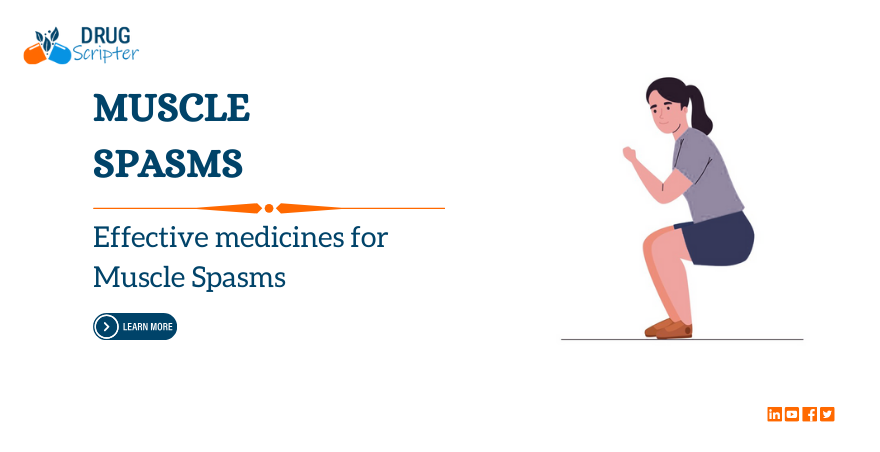Muscle Spasms, also known as muscle cramps or Charley horses, are sudden, involuntary contractions of one or more muscles. They can be painful and disruptive, often occurring in the calf, thigh, or foot muscles. While muscle spasms are usually harmless and resolve on their own, they can be a sign of an underlying health issue or result from factors like dehydration or muscle fatigue. Understanding the causes, symptoms, and treatment options for muscle spasms can help you manage and prevent them more effectively.
Causes of Muscle Spasms
Muscle spasms can occur for a variety of reasons, including:
- Dehydration: Not drinking enough fluids can lead to electrolyte imbalances, which can trigger muscle spasms.
- Muscle fatigue: Overuse of muscles, especially during exercise or physical activity, can lead to spasms.
- Mineral deficiencies: Lack of potassium, calcium, or magnesium in the diet can contribute to muscle spasms.
- Poor circulation: Conditions that affect blood flow, such as peripheral artery disease, can lead to muscle cramps.
- Nerve compression: Compression of nerves in the spine or elsewhere can cause muscle spasms.
- Medical conditions: Certain medical conditions, such as diabetes, thyroid disorders, or kidney disease, can increase the risk of muscle spasms.
- Medications: Some medications, such as diuretics or statins, can increase the risk of muscle cramps as a side effect.
Symptoms of Muscle Spasms
The primary symptom of a muscle spasm is a sudden, involuntary contraction of the muscle, which can range from mild to severe. Other symptoms may include:
- Sharp pain or cramping sensation in the affected muscle.
- Tightness or stiffness in the muscle.
- Visible twitching or bulging of the muscle.
- Difficulty moving or using the affected muscle.
Treatment Options for Muscle Spasms
Treatment for muscle spasms depends on the underlying cause and severity of the spasms. Common treatment options include:
- Stretching and massage: Gentle stretching and massage of the affected muscle can help relax the muscle and relieve spasms.
- Heat or cold therapy: Applying heat or cold to the affected area can help reduce pain and muscle spasms.
- Hydration: Drinking plenty of fluids can help prevent dehydration and reduce the risk of muscle spasms.
- Nutritional supplements: Taking potassium, calcium, or magnesium supplements can help prevent mineral deficiencies that contribute to muscle spasms.
- Medications: In some cases, medications such as muscle relaxants or pain relievers may be prescribed to help manage muscle spasms.
- Physical therapy: A physical therapist can provide exercises and techniques to help prevent and manage muscle spasms.
- Medical treatment: In severe cases, medical treatment may be necessary to address underlying conditions that contribute to muscle spasms.
Preventing Muscle Spasms
While muscle spasms can be challenging to prevent entirely, there are steps you can take to reduce your risk:
- Stay hydrated by drinking plenty of fluids, especially during exercise or hot weather.
- Stretch regularly, especially before and after exercise, to keep muscles flexible and prevent fatigue.
- Eat a balanced diet rich in potassium, calcium, and magnesium to prevent mineral deficiencies.
- Avoid overexertion and take breaks during physical activity to prevent muscle fatigue.
Conclusion
Muscle spasms are a common and often painful condition that various factors can cause. While they are usually harmless and resolve independently, understanding the causes, symptoms, and treatment options for muscle spasms can help you manage and prevent them more effectively. If you experience frequent or severe muscle spasms, it is essential to speak with a healthcare provider to determine the underlying cause and develop a treatment plan for you. With the right approach, you can find relief from muscle spasms and prevent them from recurring.

